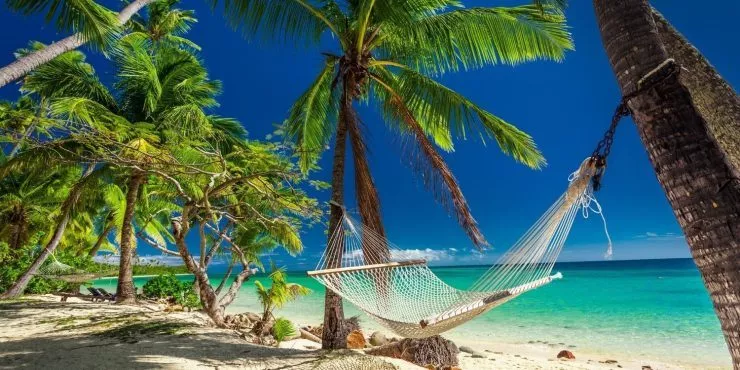Fiji has been inhabited for hundreds of years by the native Fijian people and then later settlers of European nations on their expeditions to explore the world.
Today Fiji is a fusion of old and new cultures and is a popular tourist destination.
Here are 15 fun facts about Fiji that will leave you fascinated to know more.
Fiji is made up of 332 Islands.

Although most people think that Fiji is just one island, it is actually a group of 332 islands that sit between Hawaii and New Zealand.
There are four main islands where most of the population lives: Viti Levu, Vana Levu, Ono-i-Lau, and Kadavu Island.
Viti Levu is the biggest island with an area of 4,011 square miles (10388.44 square kilometers) and is home to the capital city, Suva.
The second largest is Vana Levu, which is 2,157 square miles (5,587.1 square kilometers). It’s situated 39.77 miles (64 km) north of Viti Levu.
Ono-i-Lau is the name of a collection of islands that are enclosed by the reef. This collection of islands is known as Lau Islands and is considered the third largest island area of Fiji. It has a total area of 173.7 square miles (450 square kilometers).
The fourth-largest island of Fiji is Kadavu Island, with a total area of 158.68 square miles (411 square kilometers).
Fiji has three official languages.

Fiji is one of the only countries in the world to have three official languages, English, Hindi, and iTaukei.
ITaukei is the native language and is spoken as either a first or second language by most indigenous natives, who make up 54% of the population.
Around 37% of the population is of Indian descent, and they speak mostly Hindi.
The English language was brought over during the British colonial rule and was the official language up until 1997.
English is widely used within the government, education, and business.
Fiji’s flag contains the Union Jack.
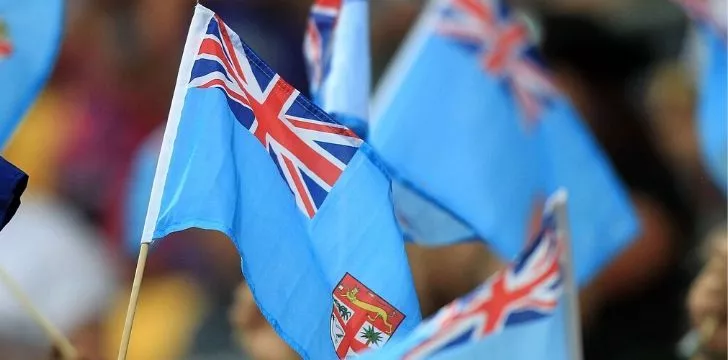
The Flag of Fiji consists of a light blue background, with the British Union Jack in the top left-hand corner and the shield of the national coat of arms on the right of the flag.
The flag has the British union jack on it because it became part of the British Empire in 1874.
The blue background is representative of Fiji being an island surrounded by sea.
The national coat of arms shield shows a golden lion holding a cocoa pod, palm trees, bananas, sugar cane, and a dove.
These represent the country and its exports and history with the British Empire.
Kava is the traditional drink of Fiji.
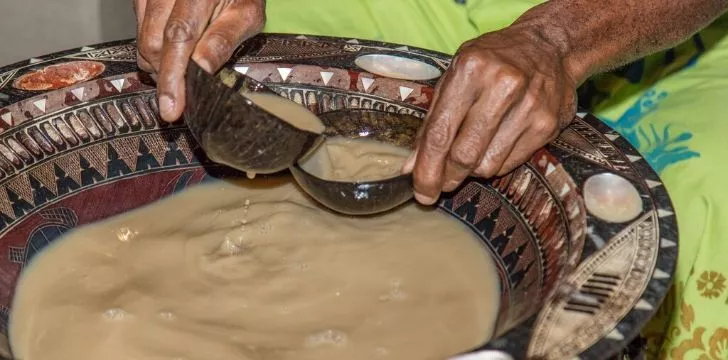
In Fiji, there are still many traditions, and one of the most common is the act of drinking Kava.
Kava, which translates to mean bitter, is a root that is grown throughout the pacific islands.
It is considered a herbal medicine for its sedating and anesthetic qualities.
The kava root is often dried and then ground into a powder which is mixed with water for consumption.
This drink mix is known as “grog” and is said to contain many healing properties.
Fiji is very volcanic!

Did you know that Fiji is made up of a network of volcanoes, some of which still have thermal activity?
The last volcano to erupt was at the summit of Mount Taveuni 500 years ago.
Nabukelevu is a network of lava domes that have been formed over time from the eruptions. The last eruption of this site was in 1660.
The volcanic soil is the reason for the endless flora and jungle that spans Fiji’s islands.
Fiji is home to the monkey-faced bat.
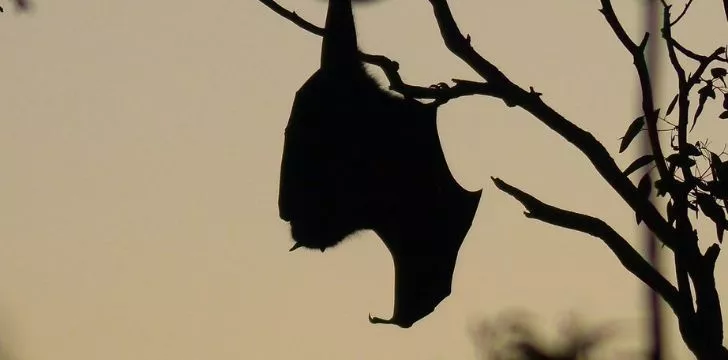
The monkey-faced bat is native to this part of the world.
William and Ruth Beckon discovered this oddly named bat in 1976 on the Fijian island of Taveuni.
The bat weighs around 0.5-0.8 pounds (222-362 grams), and they have distinct orange eyes.
There have only ever been six recorded sightings in Fiji. This is because they can only be found in the cloud forests high in the mountains, which is a protected area and difficult for people to reach.
Cannibalism was once practiced in Fiji.

Fiji was once known as the Cannibal Islands because the natives were cannibals.
Cannibalism was still practiced on some of the more remote islands of Fiji up until the 19th Century.
Fijian chief Ratu Udre Udre holds the world record for most humans eaten.
The record states that he consumed anywhere between 872-999 humans during his lifetime.
Fiji has two native frogs.
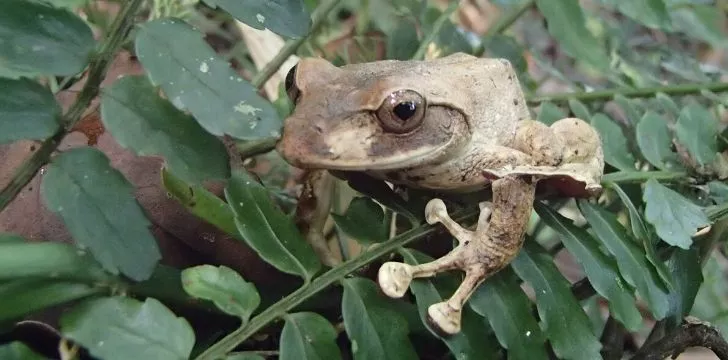
There are two native frogs in Fiji, the Fiji tree frog and the Fiji wrinkled ground frog; both are closely related.
They can only be found on the islands of Fiji, most commonly in moist jungle areas near streams.
Fijian tree and ground frogs vary in color from creamy yellow tones to bright oranges.
Although other frogs and toads can be found on the islands, they are not native and would have been brought to the island by various settlers.
There are surfing crocodiles in Fiji.
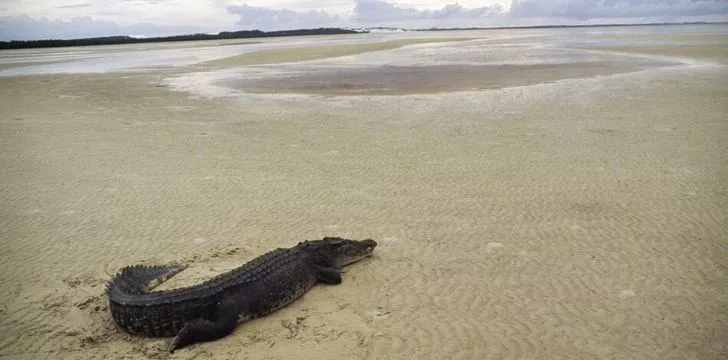
The saltwater crocodile has been found to island-hop in the South Pacific Ocean.
In 2006, biologist Hamish Campbell tagged 27 crocodiles to monitor their movement between the South Pacific Islands.
The results showed that the world’s largest living reptile would use the surface currents and tides to ride waves to reach far distances.
On smaller, more remote islands, it is easier to find food sources such as turtles, explaining the vast distances traveled.
Fiji’s sea snake is more venomous than common land snakes.

The black and white banded sea snake is commonly found along Fiji’s coastline and lagoons.
It is a very docile snake and will only attack if provoked or disturbed.
Its venom is 20 times stronger than that of a land snake, but luckily for humans, its mouth is so small that it cannot bite us!
It is said that its mouth is so small that it would only be able to open wide enough to be able to bite the webbing between a baby’s fingers, although this has never been proven.
Raw fish is part of a normal diet.

One of Fiji’s most popular national dishes is called Kokoda, and it consists of raw fish eaten similarly to ceviche.
The fish is left to marinate in a mixture of coconut milk or cream, chili, onions, and lime juice.
There is no fire needed as the acidity of the lime cooks the fish making it safe to eat raw.
It is traditionally served in a coconut shell or hollowed-out pineapple.
Firewalking was invented in Fiji.
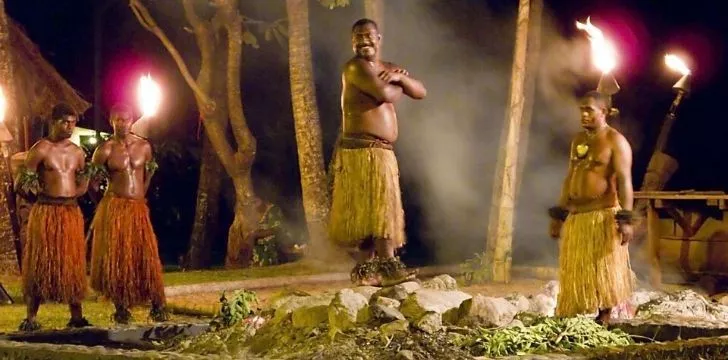
You may have seen in movies where someone walks over hot coals or fire, and you may think that looks painful!
Well, in Fiji, it is a common practice, and it is the birthplace of firewalking.
The legend is that around 500 years ago, in the village of Nakarovu, a young man named Tunaiviqalita was asked to search for an eel for his elder.
On his hunt, he came across a spirit god in the form of a small man, asking for help. He promised that he would give him the ability to control fire in exchange for his service, meaning he could walk on fire.
The practice of firewalking was born.
Fijians believe this power was passed down through his blood and has been practiced as a traditional ceremony.
Fiji water is really from Fiji.
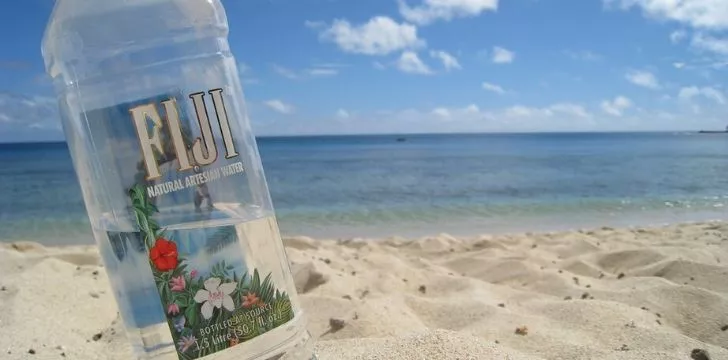
Have you ever been to the grocery store and seen Fiji water on the shelf and wondered if it is actually from Fiji?
Well, it is! Fiji water has been bottled and produced as a product since 1996.
The natural water source in Fiji contains minerals and other properties to benefit your health, and natives have drunk it for hundreds of years.
The gift of a tooth is a sign of love.

In the Fiji tradition, if you want to propose to someone, one act has been practiced for hundreds of years. You must present your lover and their family with the tooth of a sperm whale.
Known as Tabua in Fiji, the act of giving a whale’s tooth is the most respected act for showing your love to someone.
Just like when presenting a ring to your loved one, the more diamonds, the more impressive the ring is.
But in Fiji, the more teeth presented, the more honorable the gift is.
Practicing politeness is important within Fijian culture; therefore, the giver will always be humble about the gift, and the receiver will always talk up the gift.
Meke is Fijis traditional dance.

Most cultures have traditional dances, and the name of Fijis dance is called Meke.
Meke is a performance of storytelling through the forms of dance and song. Both men and women take part in the Meke.
In this collaboration, women are expected to perform elegant and graceful moves while the men are expected to show strong and fierce movements.
A Lali is a traditional drum that is used to keep the rhythm and beat of the Meke.
Fiji is a nature-rich collection of islands that sit in the South Pacific Ocean, with a rich history of indigenous people and settlers.
Although it has developed over time, the traditions are still practiced today, and it values its history and past.
